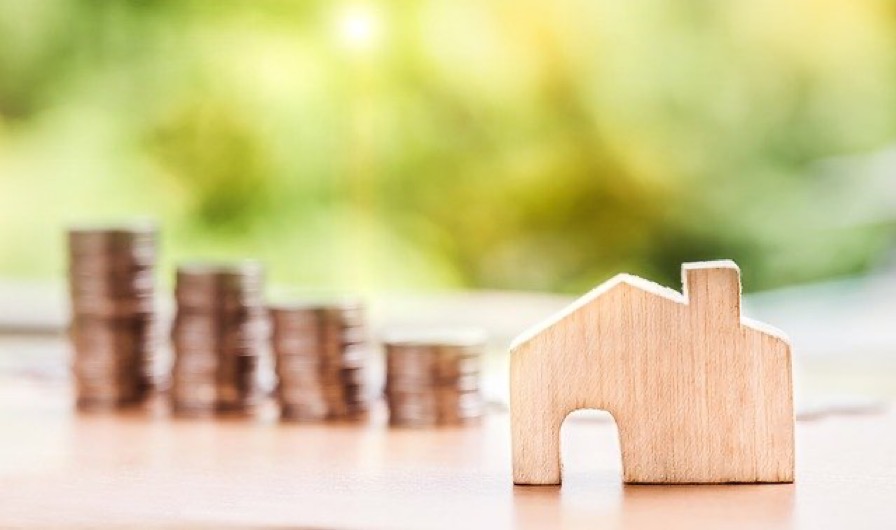New research highlights gender gap in UK housing market

The UK housing market has made a name for itself as one of the world’s most inaccessible sectors and now, property technology company, iPlace Global has revealed that women are still disproportionately affected when it comes to securing bricks and mortar. On average, it takes women 3.7 years longer than men to get on the ladder. This is echoed in a unique study by iPlace Global, which highlights that a greater percentage of women (45%) fear they could be renting for the rest of their lives when compared to men (39%). Alongside this, the same study reveals that almost 1-in-4 (22%) men are considering buying a home in the next year – however, just over 1-in-6 (18%) of women have the same intention.
Outlining the disproportionate balance within the housing market at a time when household finances are strained, Simon Bath, CEO and Founder of iPlace Global, discusses the gender disparity when it comes to property transactions and what this means for aspiring homeowners.
Providing a breakdown into how the gender pay gap plays a crucial role in disparities within the housing market, Bath explains that the average annual gross income for British males stands at £38,061, whilst females earn, on average, just £25,154 a year. For a home worth £278,120, the average man would need 7.3 times his yearly salary to afford it. However, a woman would require 11.1 times her salary to purchase the same home – meaning she would have to save for almost four years longer. In areas where property prices are typically more expensive, such as London, the affordability gap increases, with a female Londoner looking at a 5.3 year longer wait, rising to an eye watering 23.9 years in boroughs such as Kensington and Chelsea.
Bath explains that this disparity largely stems from the gender pay gap. Data from the Office for National Statistics (ONS) reveals that for full-time employees, the gender pay gap in April 2022 was 8.3% – compared to 7.7% in April 2021. Even more shockingly, women typically spend a higher proportion of their salaries on basic household costs, with research from SpareRoom finding that almost 20% of females spend more than half of their take home pay on rent, compared to 14.4% of men.
The disparity in pay and expenditure between men and women has a huge influence on what prospective homebuyers are able to borrow, Bath states. As a result, the majority of women are subsequently priced out of homeownership unless they accept external help such as buying with a significant other or relying on different avenues to get on the ladder.
Simon Bath, property expert and CEO of iPlace Global, discusses the gender disparity in the property market and what this means for aspiring homeowners
“While it has been documented extensively that the housing market is currently inaccessible for the majority of the British population – especially for first-time buyers – our data highlights that women face a much steeper ladder in comparison to men. This clearly emphasises just how anxiety inducing the property market is in the current climate, particularly for those looking to purchase bricks and mortar on their own.
“Disparities like these can become more prevalent during a cost-of-living crisis if they’re not addressed properly. My hope is that alongside introducing new schemes which aim to help prospective homeowners secure a home, the government works proactively to even out the playing field and ensure that the gender gap in the housing market does not widen any further.”




